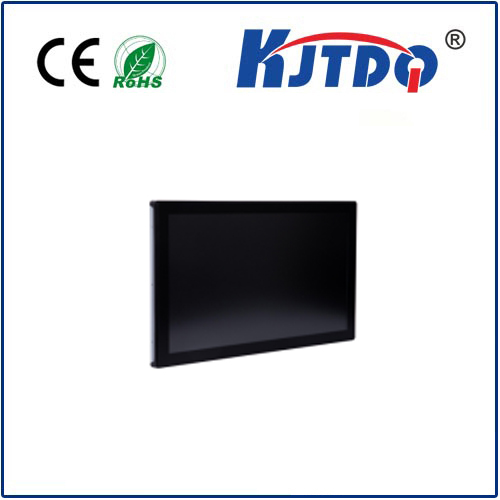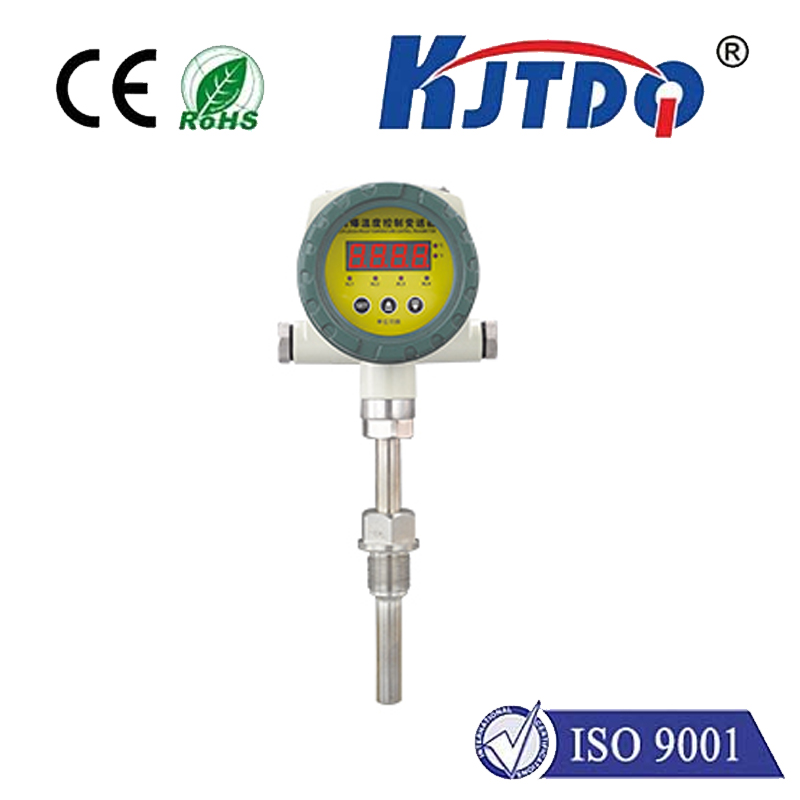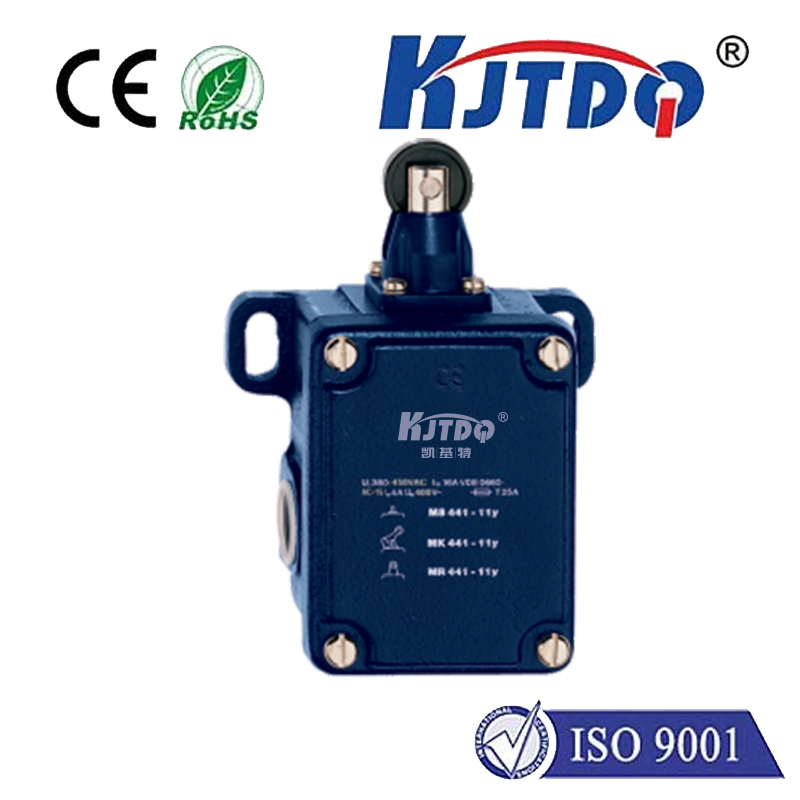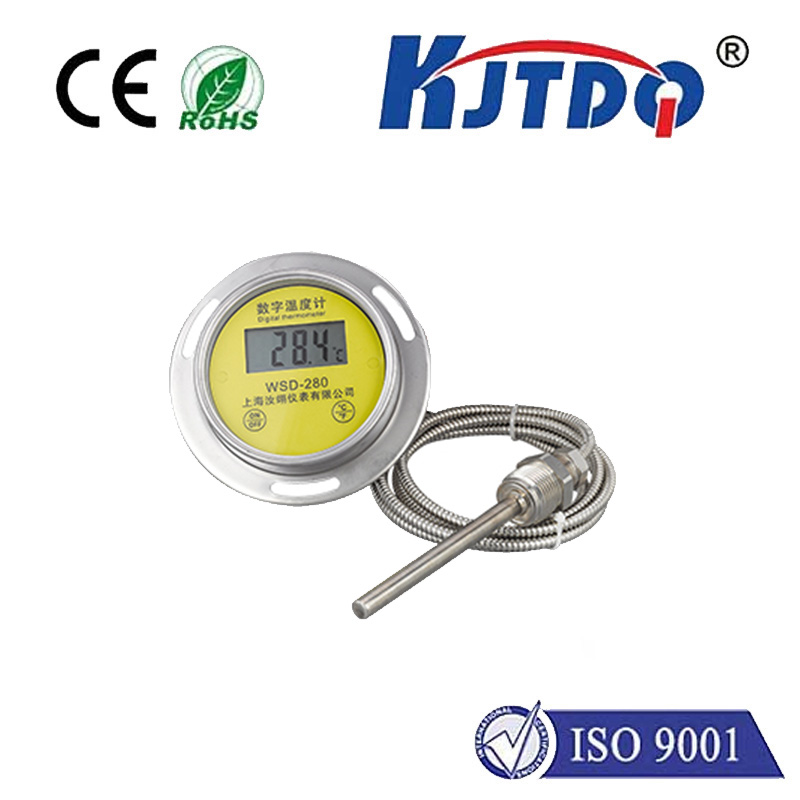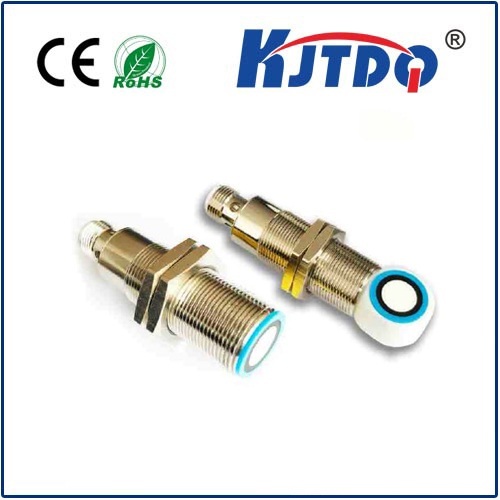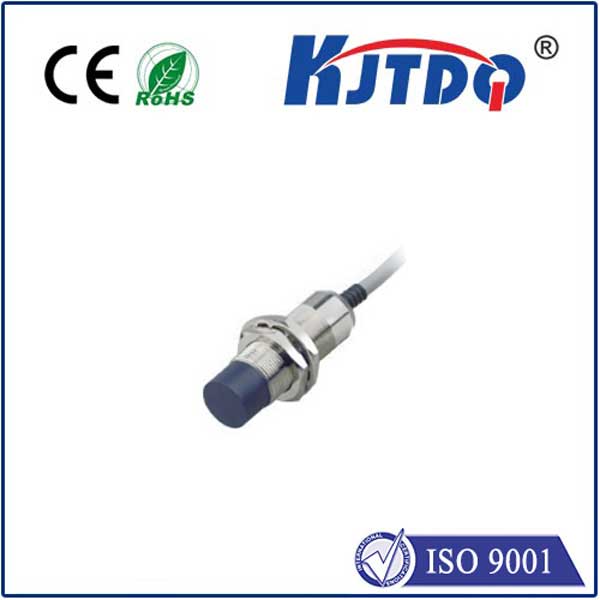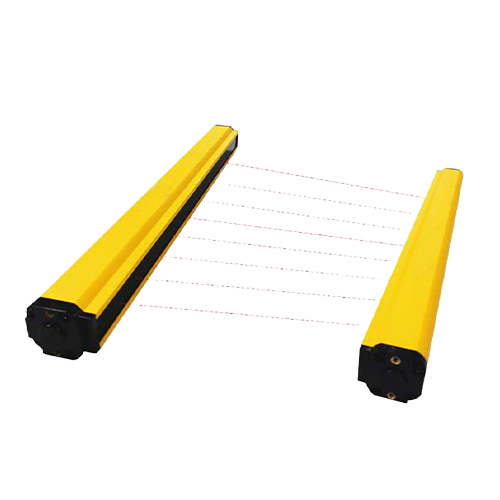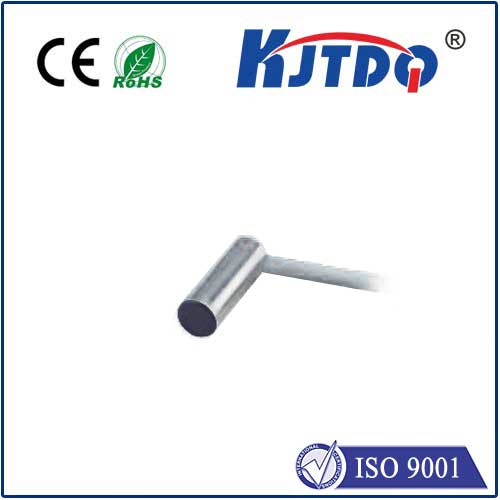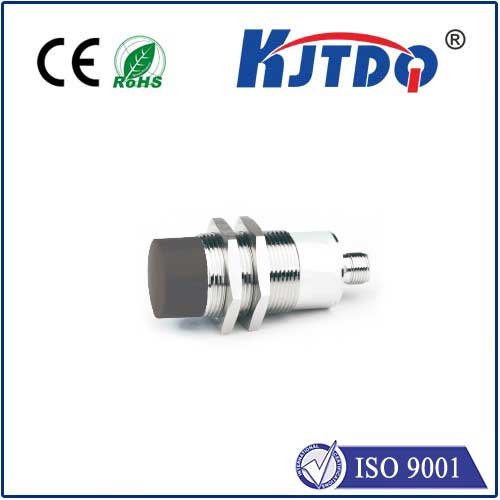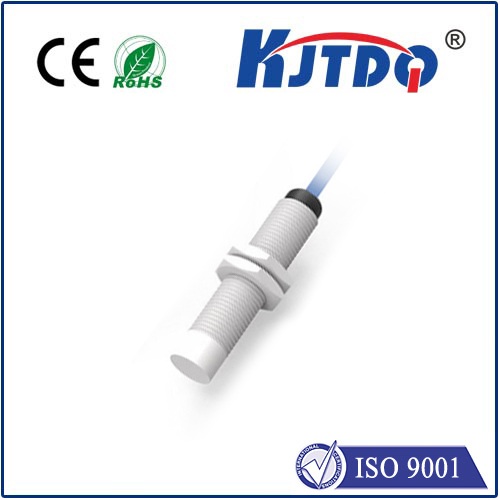датчик приближения
- time:2025-06-24 00:00:05
- Нажмите:0
Proximity Sensors: The Unseen Guardians of Modern Interaction and Safety
That “just knowing” moment when your phone screen wakes up as you lift it to your ear, or your car beeps politely warning you about a hidden object while reversing – this seemingly magical awareness is the quiet handiwork of proximity sensors. These compact, sophisticated components are fundamental enablers of convenience, safety, and automation across countless devices and industries. Far from being simple switches, they operate silently, continuously gathering critical spatial information without any physical contact.
At their core, a proximity sensor detects the presence or absence of an object within a specified range. This non-contact sensing capability is revolutionary. Instead of requiring a button press or a physical bump, these sensors use various physical principles to “see” their surroundings indirectly. The most common types include:

- Inductive Sensors: These excel at detecting metallic objects. They generate an electromagnetic field, and when a metal object enters this field, it induces eddy currents within the metal. The sensor detects this change in the field, triggering its output. Think factory robots precisely positioning metal parts or counting products on a conveyor belt.
- Capacitive Sensors: These detect both metallic and non-metallic objects (like plastic, wood, liquid, or even a human hand) by measuring changes in capacitance. They generate an electrostatic field. When any object with a different dielectric constant enters this field, it alters the capacitance, triggering detection. This makes them perfect for touch interfaces, liquid level detection, or detecting filled containers.
- Ultrasonic Sensors: Emitting high-frequency sound waves, these sensors measure the time taken for an echo to return. They calculate distance based on sound speed. They work well for object detection over longer ranges, level sensing in tanks (even granular materials), and parking assistance systems, largely unaffected by color or material.
- Photoelectric Sensors: Utilizing light beams (visible, infrared, or laser), these detect objects either by interruption of the beam (through-beam) or reflection off the target (reflective or diffuse). They offer long-range detection and are excellent for seeing small objects like glass bottles on fast production lines.
The true power of proximity sensors lies in their ubiquitous integration and the tangible benefits they deliver:
- Enhanced User Experience: Our smartphones are prime examples. Bringing the device near your ear during a call triggers the датчик приближения, instantly turning off the display to prevent accidental touches and conserve battery. Tablets, laptops, and interactive kiosks use similar principles for smarter interactions.
- Revolutionizing Automation & Manufacturing: Modern factories rely heavily on these sensors. They ensure precision assembly by verifying part presence and position, count items on moving conveyors flawlessly, detect jams, and control robotic arm movements, guaranteeing efficiency and quality control. Their ability to operate reliably in harsh, dirty environments is invaluable.
- Safety First: Proximity sensors are critical safety guards. On factory floors, they create invisible safety barriers around dangerous machinery, instantly halting operation if a worker enters a hazardous zone. In elevators and automatic doors, they prevent closing on people or objects. Automotive safety systems utilize ultrasonic and radar-based proximity detection for parking aids and collision avoidance.
- Энергоэффективность: Beyond phone screens, proximity sensing enables smart lighting that turns on only when people are present and HVAC systems that adjust based on room occupancy. This intelligent control significantly reduces unnecessary energy consumption.
- Robotics & Navigation: Autonomous mobile robots (AMRs) and drones depend on arrays of proximity sensors (ultrasonic, LiDAR, IR) to map their environment, detect obstacles, navigate complex spaces, and avoid collisions in real-time.
Choosing the right proximity sensor hinges on understanding the application’s specific demands. Key factors include:
- Target Material: Metal? Plastic? Liquid? Organic? (Inductive for metals only; Capacitive handles a wider range).
- Required Sensing Distance: Is it a few millimeters (inductive/capacitive) or several meters (ultrasonic/photoelectric)?
- Environmental Conditions: Exposure to dust, moisture, temperature extremes, or electrical noise can dictate sensor housing and type (e.g., IP-rated enclosures).
- Output Type Needed: Does the system require a simple on/off signal (digital) or precise distance measurement (analog)?
- Required Speed: How fast does the sensor need to detect the target in a high-speed application?
The future trajectory for proximity sensing technology is incredibly dynamic. We’re seeing sensors become smaller, smarter, and more integrated. Sensor fusion, combining data from multiple sensor types (e.g., LiDAR, radar, camera vision), is enabling far more sophisticated environmental perception for autonomous vehicles and advanced robotics. Improved materials and signal processing algorithms are pushing the boundaries of detection range, accuracy, and resilience in challenging conditions. Furthermore, integration with the Internet of Things (IoT) platforms allows remote monitoring of sensor status and predictive maintenance, preventing costly downtime in industrial settings.
From preventing a scratched phone screen to safeguarding workers from dangerous machinery, or enabling a robot to navigate a cluttered warehouse, proximity sensors function as the indispensable, unseen sense of touch and spatial awareness for our increasingly automated world. They bridge the gap between the physical environment and digital control systems, making interactions smoother, processes smarter, and environments fundamentally safer. Their silent vigilance is a cornerstone of modern technological progress.

